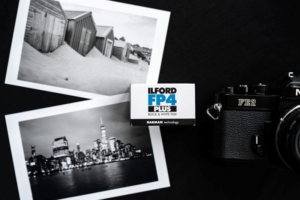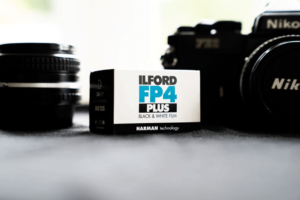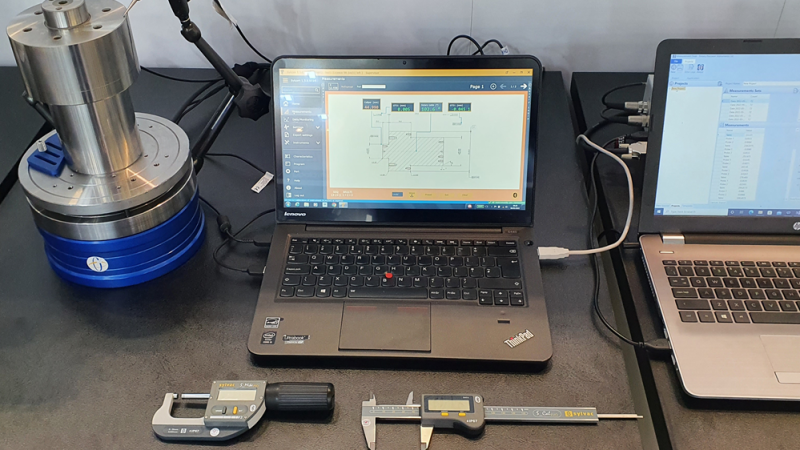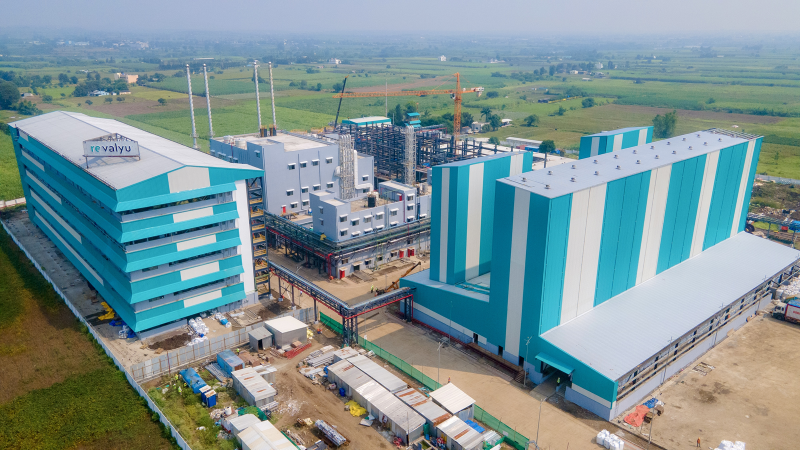Harman Technology Limited, is a UK-based manufacturer of photographic materials, known worldwide for its ILFORD branded black-and-white film, papers and chemicals and other analogue photography supplies.
Established in 1879 by Alfred Harman, the company changed its name to Ilford Limited in 1902 and throughout the century expanded, under various owners, all over the world as a respected manufacturer of high-quality photographic materials.
As the analogue photography segment declined in the late 1980’s, many large players, including globally recognised brands, exited the market, primarily leaving ILFORD, Kodak, and Fujifilm as the industry’s main players. Today, Harman is the only manufacturer in the world to provide a full range of black-and-white white film, darkroom papers and photo chemicals.
Following a management buyout in 2005 the former ILFORD Imaging UK Limited changed its name to Harman Technology Limited, taking the name of the founder. At the same time the company consolidated its facilities on a 48 acre site in the small village of Mobberley in Cheshire, England, where ILFORD photographic products had been designed and manufactured for many years.
Today, the company employs over 200 people and offers more than 1,000 products covering all aspects of analogue photography. It also has a comprehensive service offering contract coating, converting, warehousing and distribution as well as ongoing advances in new applications for silver halide technology in sectors such as nanotechnology, through a world-class R&D function and a commitment to innovation. Its black-and-white products enable the highest photographic quality, having been honed through 145 years of experience.
 New era of analogue photography
New era of analogue photography
Managing Director Greg Summers explains that 85% of the company’s output is exported to more than 80 countries around the world, with 45% sold in the United States alone, and the company is well placed to accommodate the latest market developments.
“After the well-publicised demise of films just for image capture, we have recreated the company over the last six years, focusing on film more as an artistic endeavour, as an art form, not unlike what has happened in the vinyl record market – the vinyl record market has recovered as vinyl records are now seen very much as a complement to simply consumable music.”
Globally, ILFORD Photo is a major player in the analogue photographic sector, but Summers says that the market in not purely driven by competition between producers any more. “We are trying to keep a community of users engaged and excited about the future of the medium, knowing manufacturers such as ourselves are firmly committed to its future. Our focus is therefore more about quality and creativity and the many benefits of the medium. ILFORD Photo retains nearly a 90% market share in papers and also produces a full range of chemicals. That’s our bread and butter.”
He further points out that over the last eight years the market has grown steadily at about 4% or 5% annually, driven by a new demographic, a new community of film users, which Harman has played a key part in nurturing.
“It’s no longer the pre-digital generation, who still own a film camera from their younger days. The new entrants to the market are typically between 18 and 35 years old, for whom taking photographs this way is an antithesis to digital, an opportunity to step back, slow down, take time away from a screen and engage in a tangible and creative hobby. This is no longer about capturing holiday images but much more about artistic photography.”
 Ground-breaking launch
Ground-breaking launch
Whilst the company has evolved over the years, the drive to provide customers with world-class products is as strong today as it was 145 years ago, and the team at Harman is using their knowledge to fine-tune their core competencies to excel in producing innovative new products.
Last year the company achieved a significant milestone in its recent history by launching a brand-new product – HARMAN Phoenix 200, an ISO 200 colour negative film with an unmistakably analogue look. It is the first-ever colour film made entirely from emulsion-to-cassette at the company’s Mobberley factory.
Summers says: “Over the past three years, we have been doing a lot of knowledge capture, knowledge transfer, and succession planning. As such, our R&D team today is quite young. So, we set them a challenge in late-2022, a secret ‘skunk works’ project to see whether they could design, coat, and manufacture a colour film at HARMAN’s UK site in Mobberley, Cheshire. There’s a big consumer market in colour but it is dominated by a single manufacturer.”
The result, HARMAN Phoenix 200, comes in a 36 exposure DX-coded cassette and can be rated between ISO 100 and 400 but performs best at ISO 200 in good, consistent light, with the possibility of halation.
On a growth trajectory
The news of this film comes on the back of significant ongoing investment by Harman Technology and is a sign of the company’s ongoing commitment to the future of analogue photography.
“We are saying to the analogue film community that there is longevity in this, there are new products in the pipeline, there is a future. This is big news for the industry as well as for the company – it is a testament that we are not in survival mode, we are in growth mode, we are trying to be creative,” says Summers.
The launch has also had a significant internal meaning for the company, he continues. “Nothing gels the whole company together better than a new film; every single person in the company gets to work on it, whether they are a chemist, an operator, or work in the warehouse, they will all have touched this film. Everybody in the company is really passionate about our heritage, but now really passionate about our future as well.”
And the future seems promising. Harman has just announced a significant agreement with Lloyds Bank to fund new equipment to accommodate the expected production volumes. While striving to maintain its position as the number one black-and-white photographic manufacturer in the world, Harman will also expand the colour film range. “Our overall goal is to double the size of the company over the next five years,” concludes Summers.







